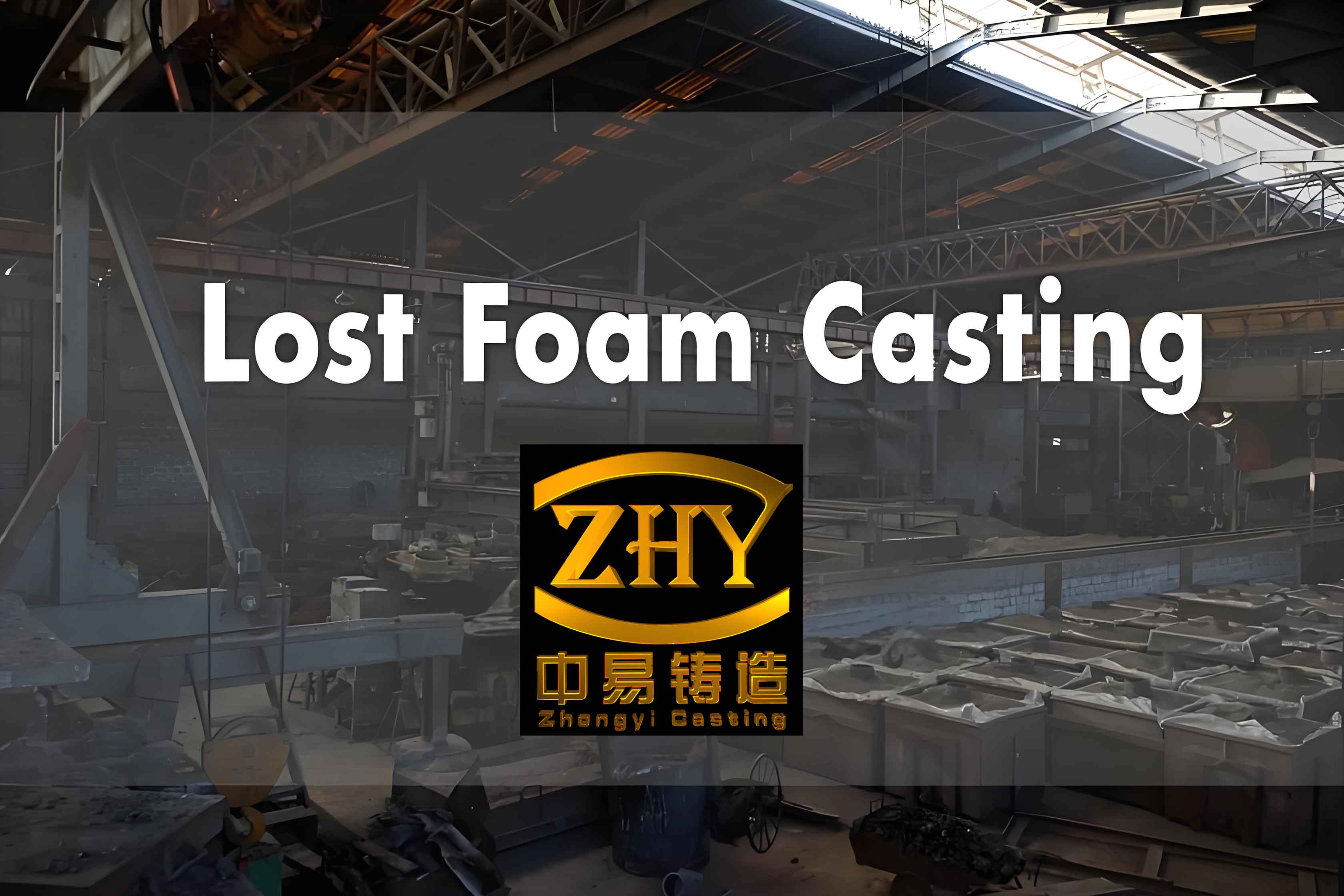
Lost foam casting (LFC), recognized as a revolutionary “green” manufacturing technology, faces significant challenges in aluminum alloy applications due to its low yield rate. This article systematically analyzes defect formation mechanisms and proposes targeted solutions to improve process reliability.
1. Fundamental Characteristics of Aluminum Alloy Lost Foam Casting
Unlike conventional sand casting, aluminum alloy lost foam casting utilizes decomposable foam patterns and dry sand molding. The process requires precise thermal management governed by:
$$ T_{pour} = T_{melt} + \Delta T_{superheat} – \Delta T_{gas} $$
where $T_{pour}$ represents optimal pouring temperature, $T_{melt}$ the alloy melting point, $\Delta T_{superheat}$ necessary overheating, and $\Delta T_{gas}$ temperature loss from foam decomposition.
| Parameter | Aluminum Alloy | Cast Iron |
|---|---|---|
| Typical Pouring Temp (°C) | 720-780 | 1350-1450 |
| Pattern Decomposition Gas (L/kg) | 800-1200 | 300-500 |
| Solidification Time Ratio | 1.8-2.5 | 1.0 |
2. Critical Defects and Formation Mechanisms
2.1 Incomplete Filling and Cold Shuts
These defects predominantly occur in thin-walled components due to:
- High gas backpressure: $$ P_{back} = \frac{nRT}{V} $$ where $n$ = gas moles from foam decomposition
- Premature solidification: $$ t_{fill} > t_{solid} $$
2.2 Gas-Related Defects
Hydrogen entrapment causes dispersed pin holes following the solubility relationship:
$$ C_H = k_H \sqrt{P_{H2}} $$
Typical hydrogen concentrations should maintain:
| Component Type | Max H₂ (mL/100g) |
|---|---|
| Structural Parts | 0.15-0.20 |
| Pressure-Tight Parts | 0.10-0.15 |
3. Advanced Control Strategies
3.1 Thermal Management Optimization
The optimal pouring window satisfies:
$$ T_{opt} = 1.1T_{liquidus} + \Delta T_{react} – \Delta T_{cool} $$
Recommended process parameters:
| Alloy Series | Pouring Temp (°C) | Vacuum (kPa) |
|---|---|---|
| A356 | 740-760 | 25-35 |
| ZL104 | 720-740 | 30-40 |
3.2 Coating Technology Enhancement
Coating permeability directly affects gas evacuation:
$$ Q_{gas} = \frac{kA\Delta P}{\mu L} $$
Where $k$=coating permeability, $A$=surface area, and $L$=coating thickness.
3.3 Process Innovations
- Pressure-assisted solidification: $$ P_{applied} = \rho gH + P_{external} $$
- Vibration parameters: Frequency 40-60Hz, Amplitude 0.2-0.5mm
4. Future Development Directions
To advance aluminum alloy lost foam casting, focus areas should include:
- Foam pattern density optimization: Target 18-22kg/m³
- Advanced coating systems with permeability >4.0cm⁴/(g·min)
- Hybrid pressure-vacuum systems: $$ P_{sys} = P_{vac} + P_{boost} $$
Through systematic optimization of these critical factors, the defect rate in aluminum alloy lost foam casting can be reduced by 40-60%, significantly enhancing process competitiveness in automotive and aerospace applications.
